As technology advances, resources dwindle, and global markets shift, everyday essentials are becoming increasingly expensive. What was once affordable and widely accessible may soon be reserved for the wealthy, as scarcity and high production costs drive up prices. From basic food staples to household conveniences, several common goods could soon be considered luxury items. Here are 12 unexpected things that may become too expensive for the average person in the near future.
1. Gasoline
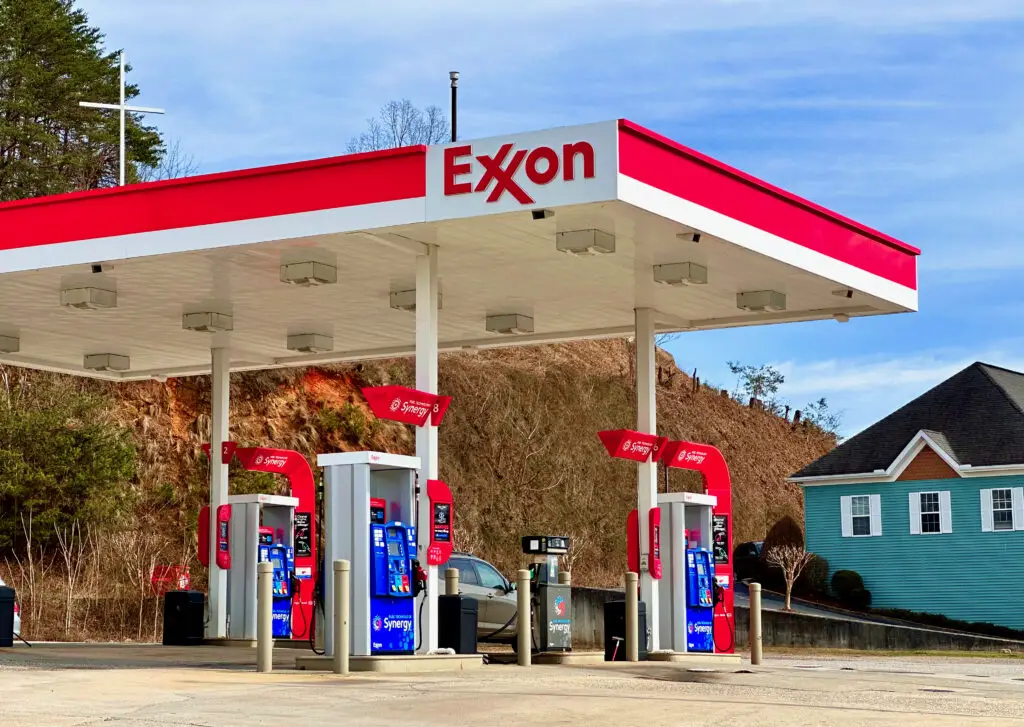
As governments worldwide push for a transition to electric vehicles, the demand for gasoline is expected to decline, but that doesn’t mean prices will drop. With fewer consumers relying on traditional fuel, oil companies may scale back production, leading to supply shortages that drive costs higher. Stricter environmental regulations will also increase refining expenses, further raising the price per gallon. For those who can’t afford to switch to electric vehicles, filling up a gas tank could become a costly burden.
Additionally, as gas stations close due to reduced demand, access to fuel may become more limited, particularly in rural areas. The remaining stations could hike prices to stay profitable, making gasoline an increasingly expensive necessity for drivers still using internal combustion engines. Governments may introduce additional taxes on gasoline to discourage its use, further straining budgets for those dependent on fuel. Over time, owning a gas-powered vehicle may shift from being a standard choice to a financial strain, making gasoline a luxury for those who can afford the cost.
2. Chocolate
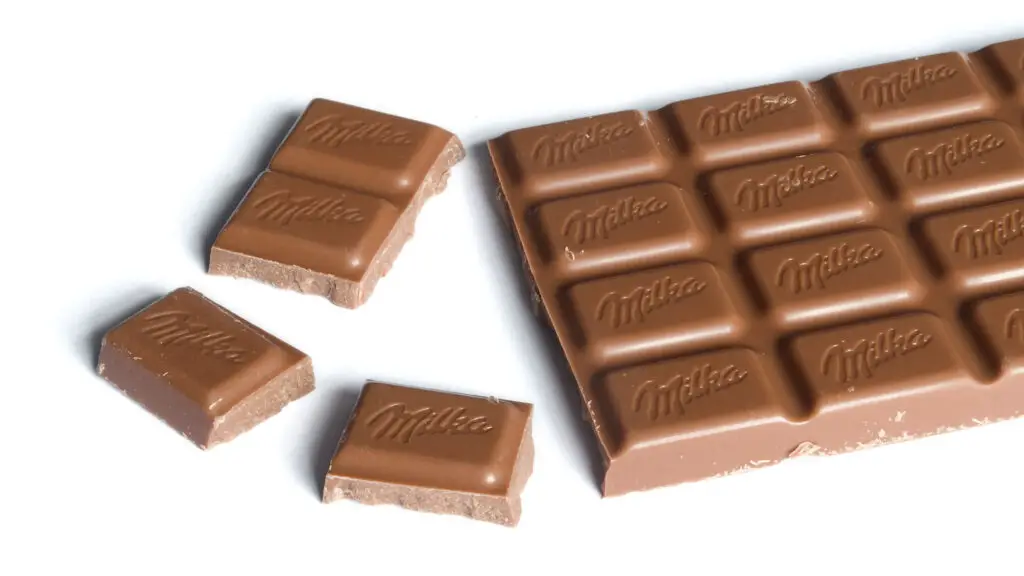
Chocolate lovers may soon find their favorite treat priced out of reach due to climate change and labor shortages. Cocoa crops are highly sensitive to temperature fluctuations and disease, making them increasingly difficult to cultivate. As production declines, the cost of chocolate products is expected to skyrocket, making high-quality chocolate bars a luxury item. Some companies are already warning that premium chocolate could become as rare and expensive as caviar.
The chocolate industry also faces ethical concerns, with fair-trade practices and sustainable farming increasing production costs. Many companies are investing in alternative chocolate substitutes, but these often lack the richness and quality of real cocoa. If demand continues to rise while supply dwindles, chocolate may become a high-end delicacy reserved for the elite. Once an everyday indulgence, it could soon be an expensive splurge only a few can enjoy.
3. Coffee
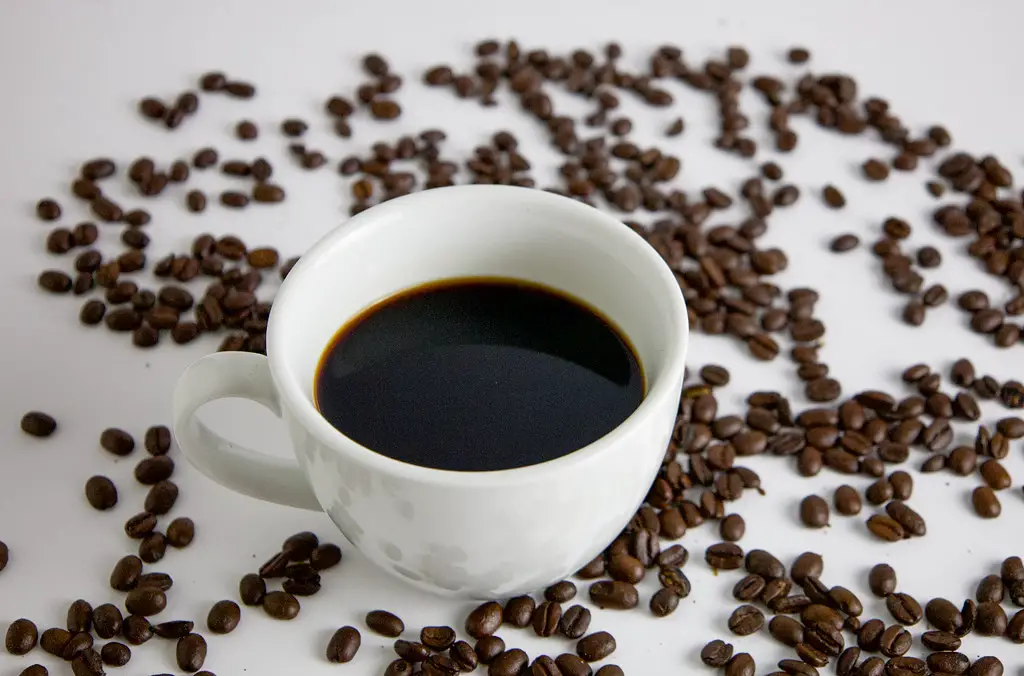
The morning cup of coffee may soon come with a hefty price tag as climate change threatens global coffee production. Arabica beans, the most popular and flavorful variety, require specific growing conditions that are becoming increasingly difficult to maintain. Rising temperatures, deforestation, and unpredictable weather patterns are decreasing yields, leading to supply shortages. If current trends continue, coffee could become a luxury rather than a daily ritual.
Countries that produce coffee are already seeing significant declines in crop output, forcing farmers to raise prices. Specialty coffee brands will likely remain, but they may become exclusive to high-end cafes and elite consumers. Mass-market coffee may turn to synthetic alternatives or lower-quality blends, changing the way people experience their favorite morning beverage. A simple cup of coffee may soon carry the same prestige as a fine glass of wine.
4. Rice
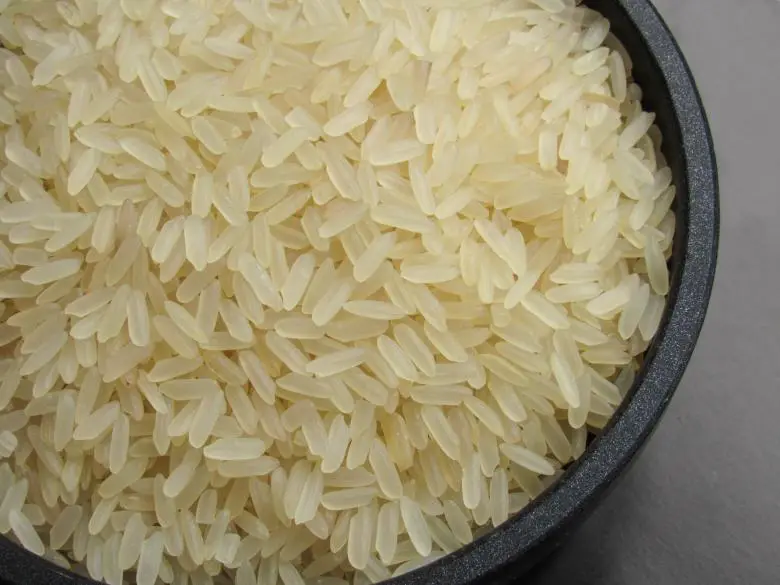
Rice is a staple food for billions worldwide, but rising production costs and climate-related disruptions could make it unaffordable. Many major rice-producing regions, including India and China, are experiencing severe droughts and water shortages that threaten supply. Additionally, geopolitical tensions and export restrictions are driving up prices, making it harder for lower-income consumers to afford this essential grain. What was once a cheap and abundant food source may soon be a high-priced luxury.
As global demand for rice remains high, some wealthier nations are stockpiling supplies, further straining the market. Rice farming is also heavily dependent on water, and as access to fresh water declines, the cost of production is expected to increase. Luxury rice brands may emerge, offering organic or rare varieties at exorbitant prices, while cheaper alternatives become scarce. The future of rice as an everyday staple is uncertain, but it may soon be a privilege rather than a given.
5. Electricity
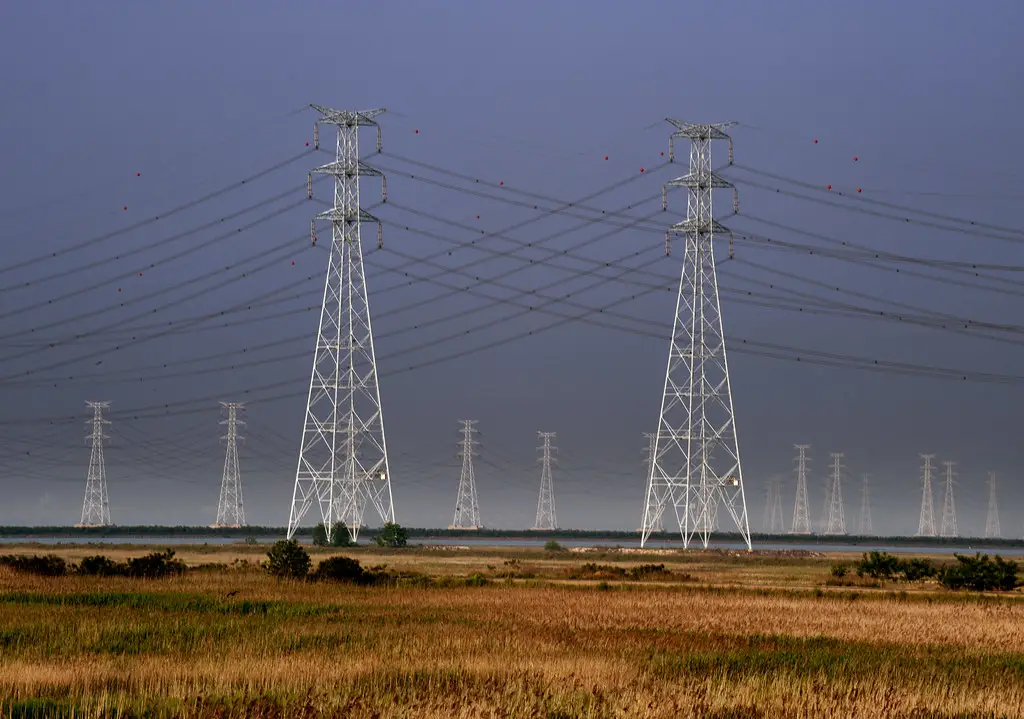
With rising energy costs and increasing demand, electricity is becoming more expensive worldwide. Power grids are aging, and many countries are struggling to modernize infrastructure while meeting sustainability goals. The push for renewable energy is essential but costly, and the transition is expected to drive up prices for consumers. In the near future, uninterrupted electricity may become a luxury rather than a basic right.
As power demand grows, energy rationing and tiered pricing structures could become the norm. Wealthier individuals may afford private solar grids and backup generators, while lower-income households face frequent blackouts and higher bills. Smart technology may even introduce premium electricity plans, offering higher efficiency at a cost. Access to stable and affordable electricity may soon be a status symbol rather than a given convenience.
6. Meat
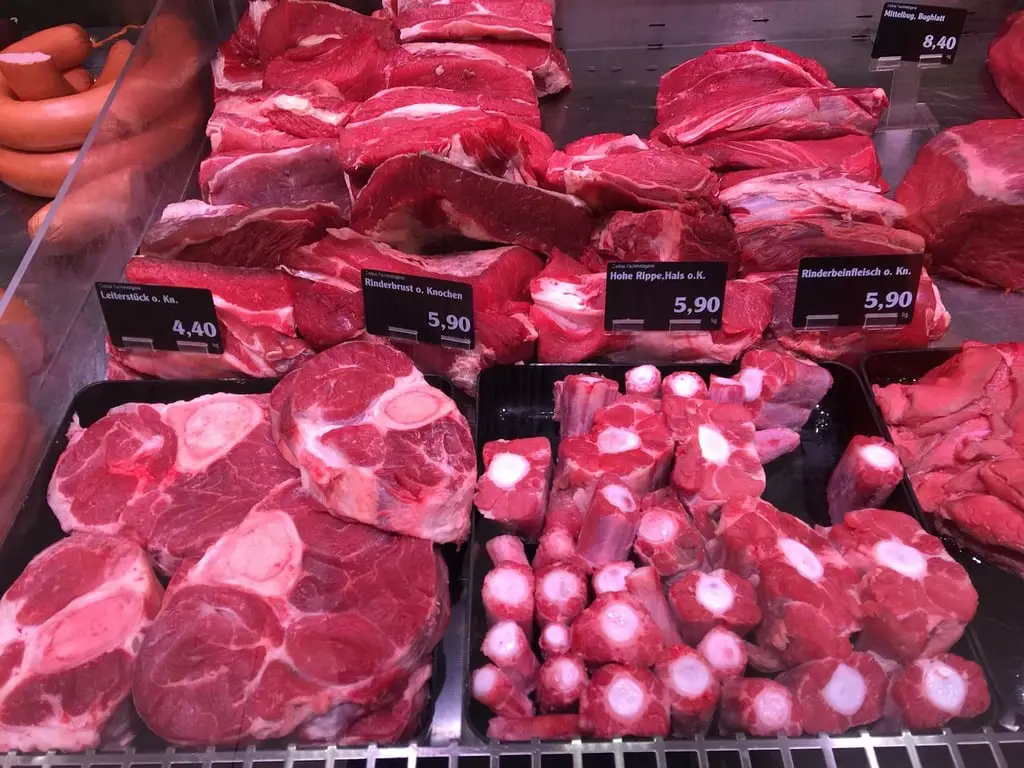
Meat consumption is already declining in some parts of the world due to environmental concerns and rising costs. The livestock industry is resource-intensive, requiring vast amounts of water, feed, and land, making meat production increasingly expensive. As governments impose stricter regulations on meat farming, prices are expected to soar. In the near future, high-quality cuts of beef, pork, and lamb may be reserved for the wealthy.
Lab-grown meat and plant-based alternatives are emerging as sustainable options, but they may not fully replace traditional meat. Some experts predict that meat consumption will become a special-occasion indulgence rather than an everyday meal. Exclusive steak dinners and gourmet butcher shops could cater to elite clientele, while the average consumer turns to alternative protein sources. The days of cheap burgers and affordable steaks may soon be over.
7. Paper Products

Toilet paper, paper towels, and other disposable paper goods could become luxury items as deforestation accelerates. The demand for sustainable alternatives, such as bamboo and recycled materials, is increasing costs. Supply chain disruptions and raw material shortages are also making paper products more expensive. What was once a cheap household essential may soon come with a premium price tag.
Some companies are already introducing subscription models and high-end paper brands that market softness and sustainability as luxury features. Governments may impose higher taxes on single-use paper products to curb environmental impact, making them less accessible. In the future, consumers may be encouraged to use reusable cloth alternatives instead. The idea of hoarding toilet paper, once a pandemic-era joke, may become an everyday necessity.
8. Honey
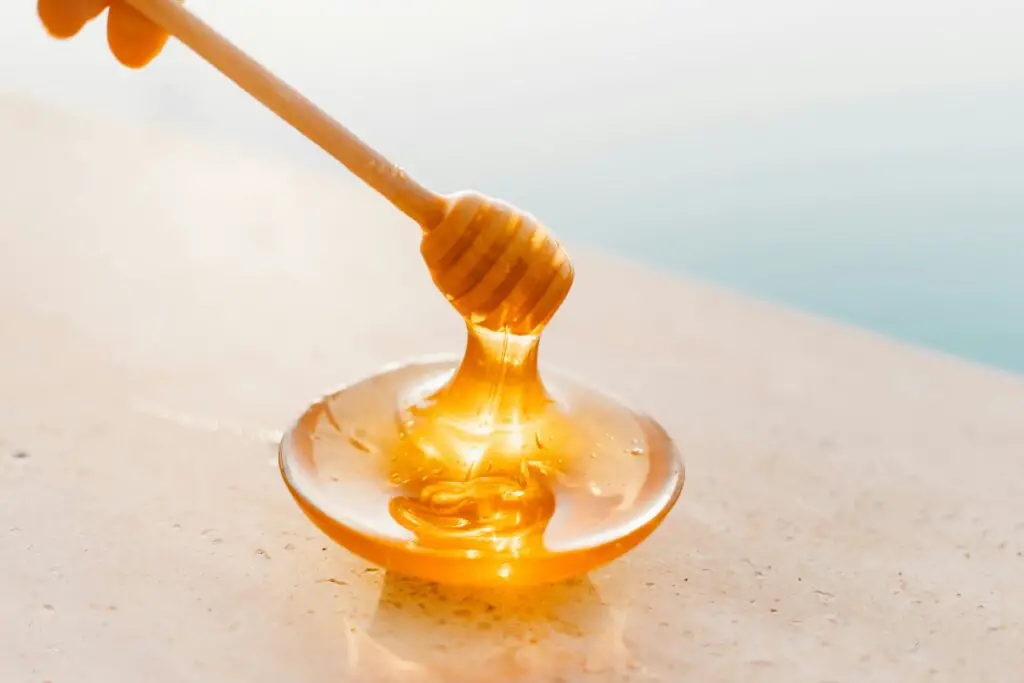
The global decline in bee populations is making natural honey harder to produce and significantly more expensive. Pesticides, climate change, and habitat destruction are all contributing to the dwindling number of pollinators. Beekeeping is becoming more difficult and costly, leading to smaller yields and higher prices. In the future, pure honey may be a rare and expensive delicacy rather than a common sweetener.
Artificial honey substitutes are already hitting the market, but they lack the natural enzymes and health benefits of real honey. Wealthy consumers may seek out artisanal honey sourced from specialty farms, while the average person is left with synthetic alternatives. Some experts believe honey will be sold in small, exclusive batches similar to fine wines. The golden nectar of the bees may soon be out of reach for many.
9. Fresh Water
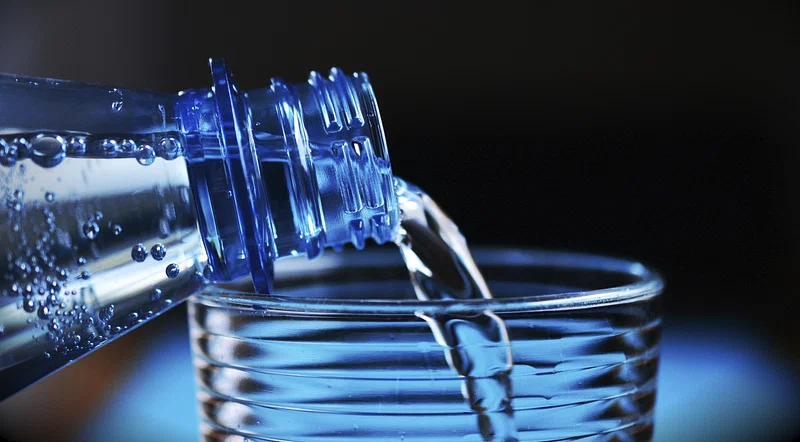
Clean, drinkable water is becoming one of the most valuable resources on the planet, and its scarcity is only growing. Climate change, pollution, and overpopulation are straining natural water sources, leading to widespread shortages. Many regions already face strict water restrictions, and the cost of filtration and purification systems continues to rise. In the near future, bottled water and even tap water may be treated as a high-priced commodity rather than a basic necessity.
As access to fresh water diminishes, companies and private entities are moving to control supply chains, making water a profitable industry. Countries and states facing severe droughts may implement rationing, driving demand for alternative sources such as desalination plants and expensive water purification technology. Luxury brands may even capitalize on the trend, offering premium bottled water with added minerals and unique sourcing. What was once an abundant and affordable resource may soon be available only to those who can afford it.
10. Air Conditioning

As global temperatures continue to rise, air conditioning will become both a necessity and a luxury. Energy costs are climbing, and stricter regulations on emissions and energy consumption are making cooling systems more expensive to purchase and operate. In some regions, governments are already introducing restrictions on air conditioning use to reduce carbon footprints. The result? Staying cool during extreme heat waves may become a privilege rather than a standard convenience.
The rising costs of electricity and the push for eco-friendly alternatives could lead to luxury cooling solutions for the wealthy. High-end homes may install advanced geothermal or solar-powered systems, while lower-income households struggle with outdated or inefficient units. Public spaces may start charging for air-conditioned environments, turning malls, libraries, and cooling centers into premium services. In the near future, beating the heat may come with an unaffordable price tag for many.
11. Seafood
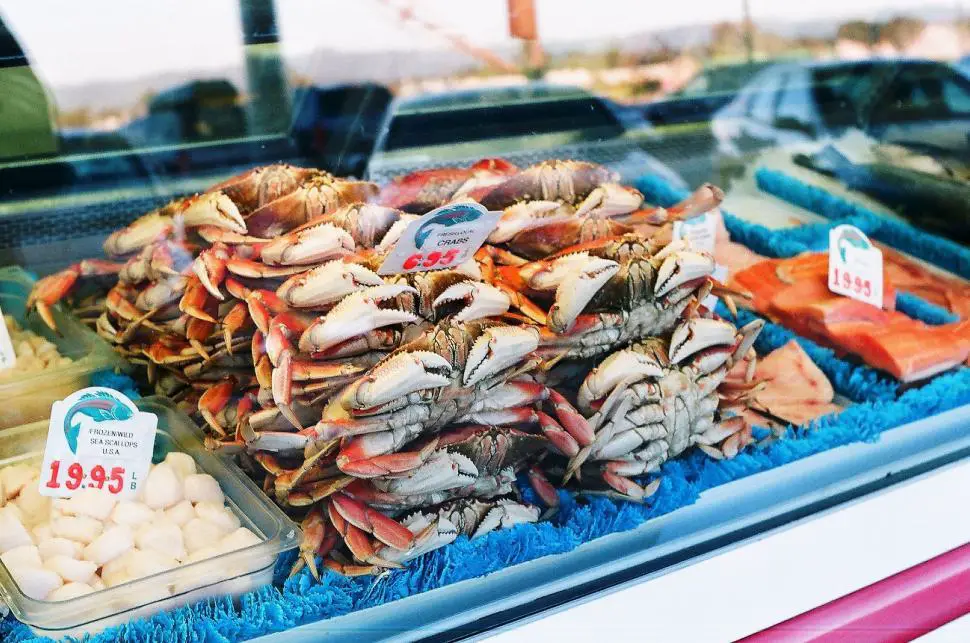
Overfishing, pollution, and climate change are depleting global seafood supplies at an alarming rate. Many fish species, including tuna and salmon, are becoming scarce due to unsustainable fishing practices and warming ocean temperatures. As availability decreases, prices are soaring, making fresh seafood a luxury rather than a dietary staple. Already, some high-end restaurants are charging astronomical prices for rare and sustainably sourced seafood.
The fishing industry is also facing new environmental regulations, increasing production costs and limiting supply. Lab-grown seafood and plant-based fish alternatives are emerging, but they don’t yet match the texture and taste of wild-caught fish. Wealthy consumers may continue to enjoy delicacies like lobster and sushi-grade tuna, while others are priced out of the market. What was once a widely available protein source may soon become a symbol of exclusivity.
12. Education

Higher education is already a costly investment, but tuition fees and student debt are expected to rise even further. As universities increase prices to cover operational costs and expand online learning platforms, access to quality education is becoming more restricted. Elite institutions are creating exclusive opportunities for those who can afford premium tuition, leaving many students unable to pursue higher degrees. The gap between privileged students and those struggling to afford education is growing rapidly.
In addition to tuition, textbooks, technology, and specialized training programs are becoming increasingly expensive. The cost of private tutoring and networking opportunities further separates those with financial means from those without. Future generations may find that a prestigious degree is no longer attainable for the middle class, cementing education as a luxury item. Unless major reforms occur, knowledge and career advancement could become privileges reserved for the wealthy.
